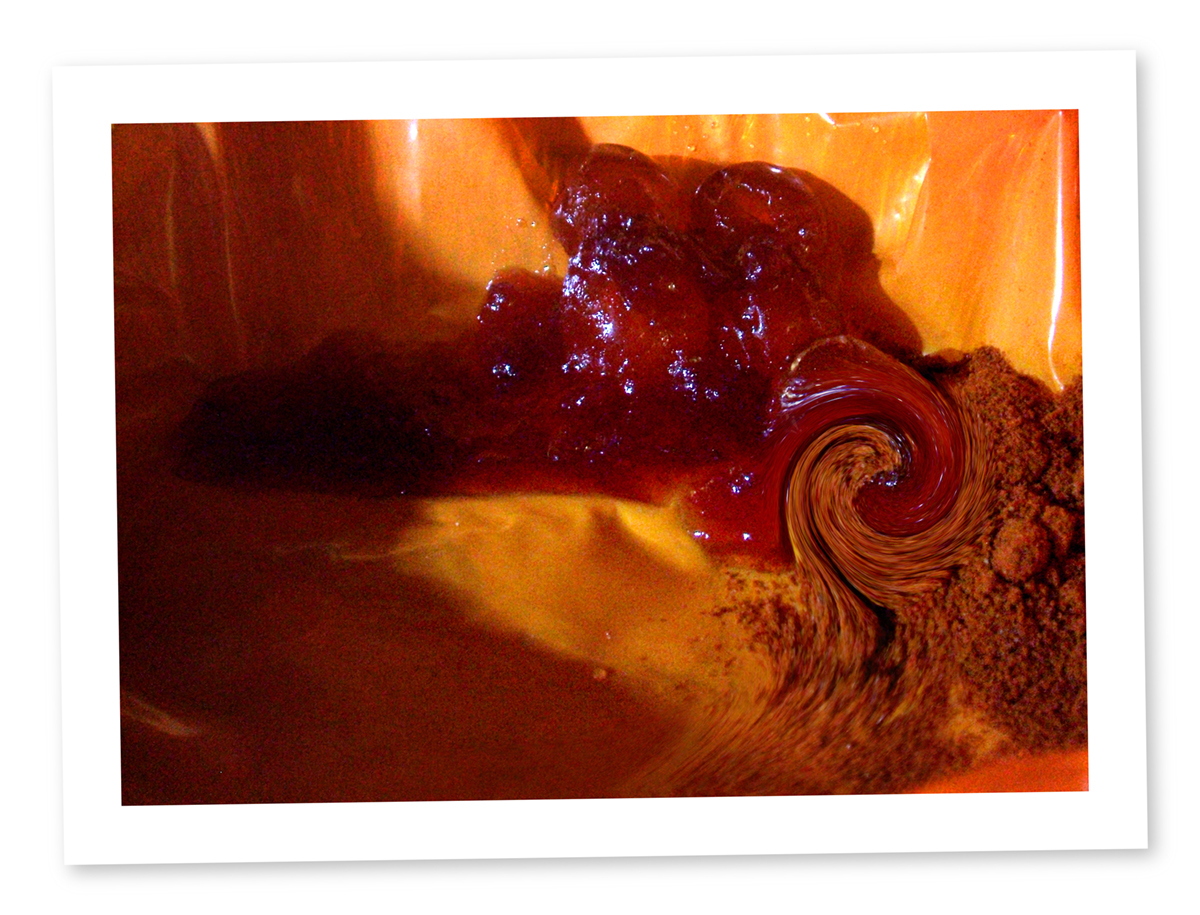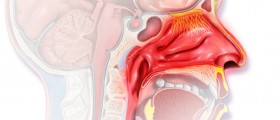Spitting up Blood in the Morning Characteristics
This phenomenon may range in severity, since mouth bleeding in the morning may be caused by many different factors, some more serious than others. Having said that, this bleeding may be coming from an abscessed tooth, a wound in the throat area, the nose, and from many other sources.
Therefore, before taking any action against this morning fit, you are best to find out the reasons behind it. So, read on and learn more about this condition, knowing how to react and how to recognize the exact type of it better.
Reasons Behind Spitting up Blood in the Morning
As mentioned above, the blood may be coming from the nose, due to an injury or some other cause. Also, the blood can come from coughing too much, creating wounds somewhere in your throat, due to the friction caused by this motion.
Also, this blood may be a part of vomiting which can happen in the morning, meaning that something is wrong with one's digestive system. Additionally, gastrointestinal bleeding may be behind this problem and so can bleeding gums. Furthermore, the problem may lie in the lungs.
Possible causes behind this problem are pneumonia, tuberculosis, pulmonary embolism, or bronchiectasis along with lung cancer.
- Haemoptysis is defined as the expectoration of blood originating from the tracheobronchial tree or pulmonary parenchyma. It can be classified as massive or non-massive based on the volume lost.
- Massive haemoptysis has been described as blood loss ranging from 100–600 mL. Although massive haemoptysis accounts for only 5% of haemoptysis cases, it is an alarming symptom with an associated mortality of more than 50%.
- In the primary care setting, it is important to differentiate between pseudohaemoptysis and haemoptysis. Thereafter, the patient’s clinical status needs to be assessed, as well as the quantity of blood lost. The physician should then attempt to identify the cause of the bleeding and determine if a specialist or inpatient referral is needed.
- Pneumonia is a common cause of haemoptysis; in such patients, physicians must look for symptoms and signs of infection such as fever, chest pain and productive cough. It is also important to obtain any relevant contact and/or travel history. Tuberculosis is a common cause of massive haemoptysis, with an incidence rate of 38 per 100,000 population in 2015.
- Neoplastic lesions that can cause haemoptysis can be divided into primary pulmonary lesions and metastatic lesions. If a malignant cause is suspected, physicians should consider a thorough history and examination to look for other primary malignancies such as history of breast, kidney, gastrointestinal, ovarian and cervical cancers.
- Vascular causes of haemoptysis include pulmonary embolism. In patients with suspected pulmonary embolism, the physician should ask if they have a history of recent surgery or immobilisation.
- Vasculitic rash, haematuria, joint pain or swelling may be suggestive of underlying autoimmune diseases such as Wegener’s granulomatosis (granulomatosis with polyangiitis), systemic lupus erythematosus (SLE) or Goodpasture syndrome.
- Common drugs that may cause haemoptysis include anticoagulants and antiplatelet agents. It is important to elicit further history (i.e. medication history) in order to predict the consequence of stopping medications as part of management.
- Chest radiography is recommended as a first-line investigation for all patients complaining of haemoptysis.
Manifestations of Spitting Blood in the Morning
Even though this condition is quite self-explanatory, spitting blood in the morning involves having breathing problems, coughing, suffering from some kind of blood or intestinal disease, or experiencing some problems in the throat area. These are the most common cases where you are likely to experience spitting blood in the morning.
Some of these might not be so serious while some may require immediate medical assistance. Regardless of the case, it is best to pay your doctor a visit, since this choice will provide you greater insight into your health situation and this problem per se.
Additionally, you may get more information on the symptoms connected to your blood spitting situation and try searching for the possible causes based on these clues. However, medical assistance is still the best possible option, since your doctor may perform necessary tests and scans in order to see the reason behind your problem.
Once this is achieved, he/she may choose the best possible treatment and help you greatly during your recovery process. Therefore, do not ignore the fact that you are spitting blood in the morning. This can be dangerous and you might need help.


















Your thoughts on this
Loading...